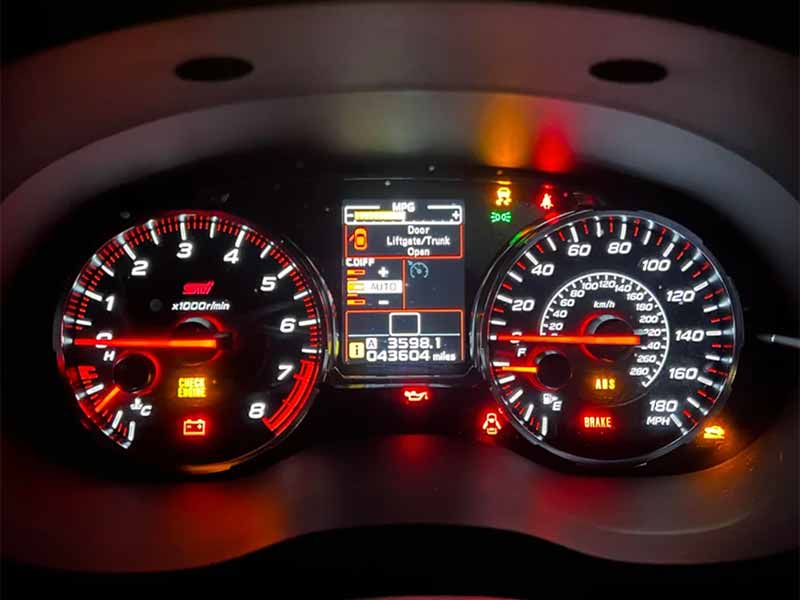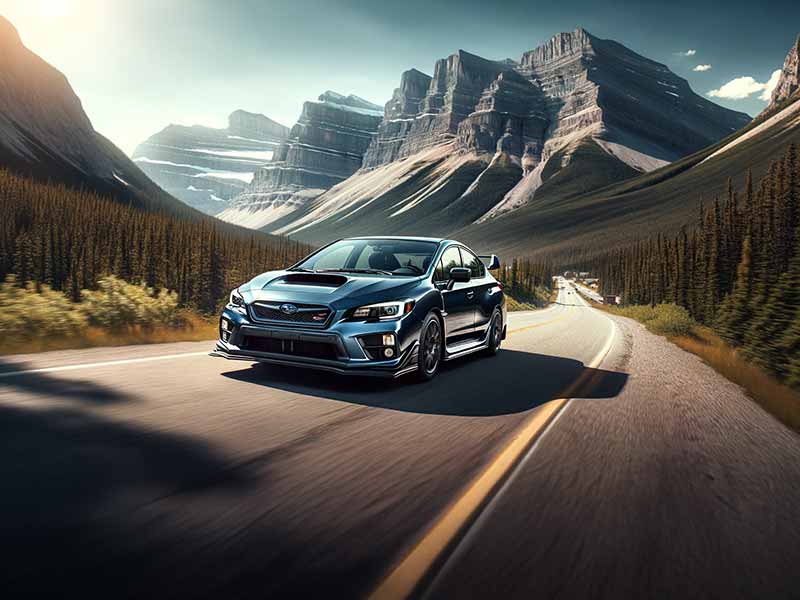Ever been driving and suddenly those ominous lights on your dashboard flicker on—the traction control and check engine lights? Your heart sinks, your palms get sweaty, and you wonder, “What’s going on? Is my car about to break down?”
You’re not alone, and the good news is, understanding these lights can be your first step to solving the problem.
Why Did My Traction Control And Check Engine Light Come On?
When both the traction control and check engine lights come on, it usually indicates a significant issue affecting your vehicle’s performance and safety. Immediate attention is required to diagnose and fix the underlying problems, which often involve the tires, engine, or electrical systems.
In this article, we’ll delve into what these warning lights mean, common reasons they may come on, and how they relate to your vehicle’s tires and wheels. We’ll also discuss symptoms you might experience, the risks of ignoring these lights, and practical solutions to fix the issues.
Let’s take a closer look.
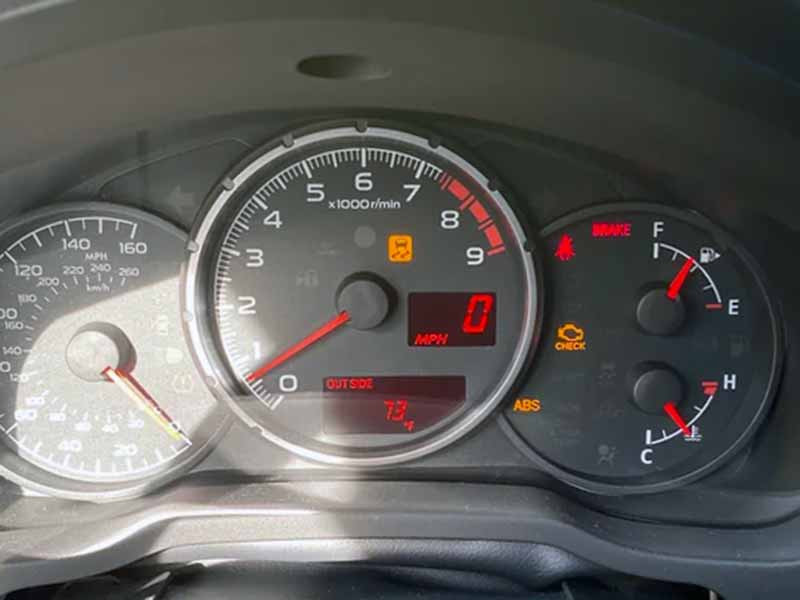
What Do These Lights Mean?
The Traction Control Light
The traction control light is a warning indicator on your dashboard that usually looks like a car outline with squiggly lines behind it. This light is directly related to your vehicle’s traction control system, which is designed to help your tires maintain grip on the road. When this light comes on, it means that the system has either been manually turned off, or there’s a problem that needs your attention.
The Check Engine Light
The check engine light is another important indicator on your dashboard. It usually appears as an engine symbol or the words “Check Engine,” and it can light up for a variety of reasons, ranging from minor issues like a loose gas cap to more serious problems like engine malfunction.
When Both Lights Come On
If both the traction control light and the check engine light come on at the same time, it’s a signal that there’s a significant issue that could be affecting both your engine and your ability to maintain control on the road. This is a situation that requires immediate attention.
What to Do
- Don’t Panic: The first thing to do is not to panic. These lights are there to warn you, not to say that something catastrophic has already happened.
- Slow Down: If you’re driving, it’s a good idea to slow down and find a safe place to pull over.
- Check Your Owner’s Manual: Your vehicle’s owner’s manual will have information on what these lights mean specifically for your make and model.
- Seek Professional Help: If you’re not sure what’s causing the lights to come on, it’s best to get your vehicle checked by a professional as soon as possible.
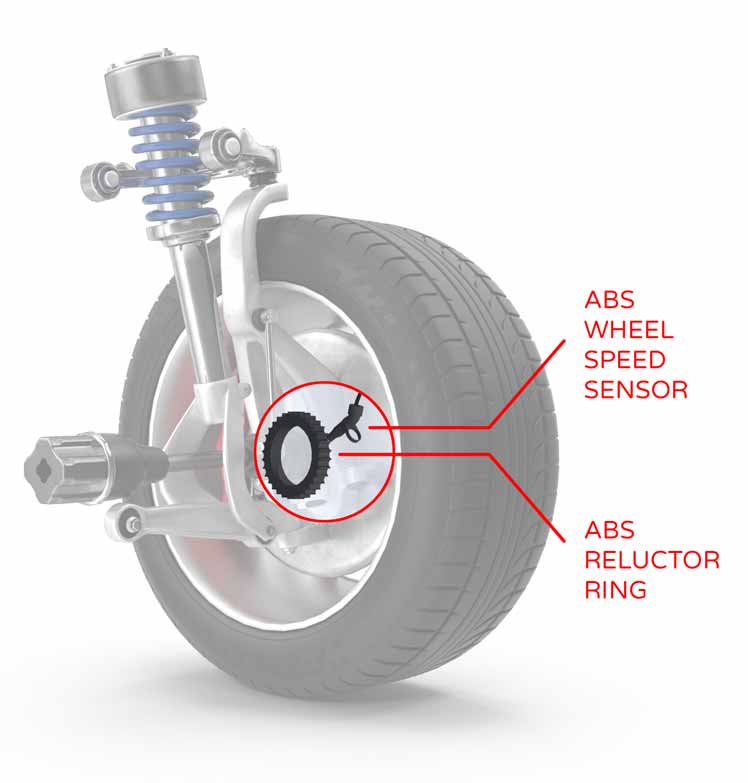
Common Reasons for Lights Coming On
Faulty Wheel Speed Sensors
One of the most common reasons for the traction control light to come on is a problem with the wheel speed sensors. These sensors are crucial for the traction control system to function properly.
Engine Issues
The check engine light can come on for a variety of reasons related to the engine, such as:
- Oxygen Sensor Failure: Affects the engine’s ability to burn fuel efficiently.
- Loose Gas Cap: Causes fuel vapors to leak out and compromises fuel efficiency.
- Catalytic Converter Failure: Affects the vehicle’s emissions and can lead to poorer performance.
Electrical Problems
Modern vehicles have complex electrical systems that integrate various functions, including the engine and traction control systems. Electrical issues can often trigger both the check engine light and the traction control light.
When Both Lights Are On
If both lights come on simultaneously, it’s often a sign of a more serious issue that could involve both the engine and the traction control system. This is not a situation to take lightly.
What to Do
- Check for Obvious Issues: Sometimes the problem could be as simple as a loose gas cap or a visible wire disconnect.
- Use an OBD-II Scanner: If you have an On-Board Diagnostics (OBD-II) scanner, you can plug it into your vehicle to get a more specific error code. This can help you understand what’s wrong.
- Consult a Mechanic: For more complex issues, especially when both lights are on, it’s best to consult a professional mechanic for a thorough diagnosis and repair.
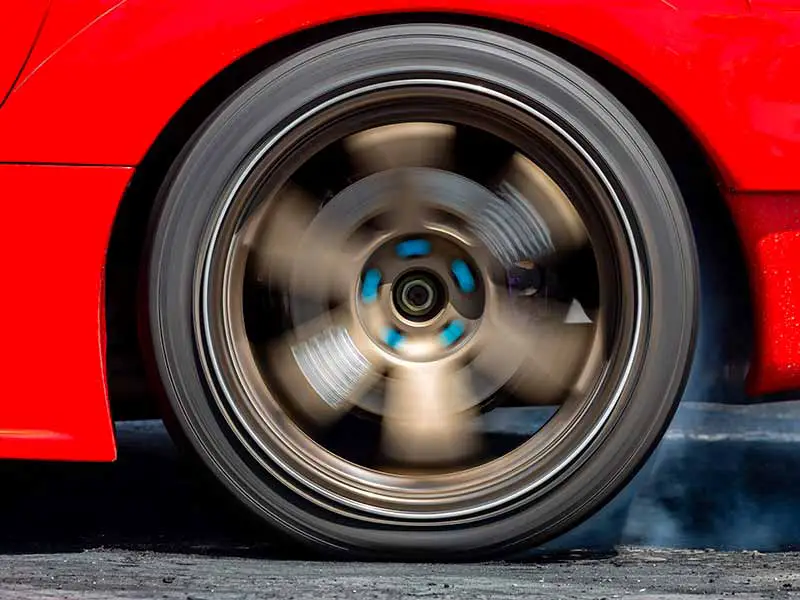
Traction Control and Engine Performance
How Traction Control Affects the Engine
The traction control system is designed to prevent wheel spin by adjusting the engine power or applying the brakes to specific wheels. When the system detects a loss of traction, it can reduce engine power to help the tires regain grip.
Traction Control and Engine Power
When the traction control system reduces engine power, you might notice that your vehicle doesn’t accelerate as quickly as it usually does. This is often accompanied by a message like “Reduced Engine Power” on your dashboard.
How the Engine Affects Traction Control
Conversely, issues with the engine can also affect the traction control system. For example, if your engine is misfiring, it could send uneven power to the wheels, causing them to lose grip and triggering the traction control system.
Engine Problems Leading to Traction Issues
Here are some engine-related problems that could lead to traction issues:
- Misfiring: Causes uneven power distribution to the wheels.
- Transmission Issues: Can lead to abrupt changes in wheel speed, affecting traction.
- Fuel System Problems: Inconsistent fuel supply can cause irregular engine performance, affecting wheel traction.
Reduced Engine Power and Service Traction Control
When you see a message like “Reduced Engine Power” along with the traction control light, it usually means that the vehicle has detected a problem that could affect your safety. The car limits its own power as a precaution.
What It Means for Your Tires
Reduced engine power can lead to less force being applied to the tires, affecting their ability to grip the road. This is especially crucial in challenging driving conditions like rain or snow, where good tire grip is essential for safe driving.
What to Do When Both Systems Are Affected
If you find that both your engine and traction control system are having issues, it’s crucial to address the problem immediately. Here are some steps you can take:
- Pull Over Safely: If possible, pull over to a safe location and turn off the engine.
- Check for Warning Messages: Take note of any additional warning messages on your dashboard.
- Call for Assistance: If you’re not sure what the issue is, it’s best to call for roadside assistance or tow your vehicle to a mechanic for a thorough inspection.
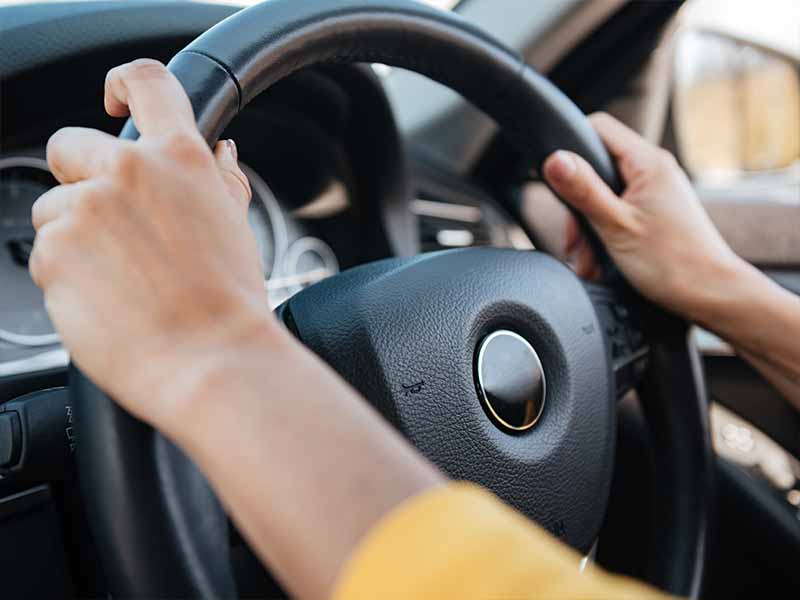
Symptoms of a Problem
Car Jerking When Traction Control Light Is On
One of the most noticeable symptoms when the traction control light is on is that your car may start to jerk or feel unsteady. This is usually a sign that the traction control system is actively trying to regain control of the tires.
Why It Happens
The jerking occurs because the system is applying brakes to individual wheels or reducing engine power in an attempt to prevent wheel spin. This can create a jerking motion, especially if the road conditions are slippery.
Loss of Power
Another symptom you might experience is a noticeable loss of power, particularly during acceleration. This can happen when either the check engine light or the traction control light is on.
Flashing Lights
In some cases, you might notice that the traction control light or the check engine light starts to flash. This is usually an indication of a more serious issue.
Multiple Warning Lights
Sometimes, you might see multiple warning lights come on simultaneously, such as the check engine light along with the traction control light. This often indicates a more complex issue affecting multiple systems in your vehicle.
What to Do When Experiencing These Symptoms
If you’re experiencing any of these symptoms, it’s crucial to take immediate action to diagnose and fix the issue. Here are some steps to consider:
- Pull Over and Assess: If it’s safe, pull over to the side of the road and try to identify the issue.
- Check Your Owner’s Manual: Your manual may have troubleshooting tips for the warning lights and symptoms you’re experiencing.
- Consult a Professional: For symptoms like loss of power or multiple warning lights, it’s best to consult a mechanic for a thorough diagnosis.

Risks of Ignoring the Issue
Reduced Vehicle Control
Ignoring the traction control light can lead to reduced control over your vehicle, especially in challenging driving conditions like rain, snow, or icy roads.
Accelerated Tire Wear
If the check engine light is on due to issues like misfiring or transmission problems, this can lead to uneven power distribution to the wheels and, consequently, uneven tire wear.
Potential for Serious Mechanical Damage
Ignoring these warning lights, especially if they are flashing, can lead to serious mechanical damage over time, affecting not just the engine and traction control system but other parts of the vehicle as well.
Safety Risks
The most significant risk of ignoring these warning lights is the potential safety hazard it poses. Reduced control and the potential for mechanical failure significantly increase the risk of accidents.
What to Do If You’ve Been Ignoring the Lights
If you’ve been ignoring these warning lights, it’s crucial to take immediate action. Here are some steps to follow:
- Immediate Inspection: Take your vehicle to a mechanic for an immediate inspection.
- Check Tire Condition: Look for signs of uneven wear, low tire pressure, or any visible damage.
- Read the Owner’s Manual: Consult your vehicle’s owner’s manual for any specific guidelines on handling warning lights.
Solutions and Fixes
Basic Troubleshooting
Before heading to a mechanic, there are some basic troubleshooting steps you can take to possibly identify or even resolve the issue.
Check for Loose Connections
Sometimes, the problem could be as simple as a loose wire or sensor near the wheels. Make sure all connections are secure.
Reset the System
For some vehicles, turning the engine off and then back on can reset the traction control system, potentially turning off the warning light.
Professional Diagnosis
If basic troubleshooting doesn’t resolve the issue, or if you’re not comfortable doing it yourself, it’s time to consult a professional.
Importance of Tire Inspection
Make sure the mechanic checks the condition of your tires, including tread depth and tire pressure, as these can affect the traction control system.
Repair Costs
The cost of fixing the traction control system can vary widely depending on the issue. It could range from a few dollars for replacing a sensor to hundreds for more complex repairs.
Cost and Tires
Keep in mind that ignoring the issue could lead to more significant problems down the line, including the need for new tires, which would add to the overall cost.
When to Consider Replacing Tires
If your tires are showing signs of uneven wear or damage, it might be time to consider replacing them, especially if you’re experiencing traction control issues.
Quality Matters
When replacing tires, opt for high-quality ones that offer good traction, as this can improve the effectiveness of your traction control system.
What to Do for Acceleration Issues
If you’re experiencing problems with acceleration, it could be related to both the engine and the traction control system.
Steps to Take
- Check for Engine Issues: A mechanic can help identify if the engine is the root cause.
- Inspect the Traction Control System: Ensure the system is functioning correctly, as it can affect acceleration.
Resources
Below are some links you may find helpful when learning about tires
- Why are the check engine and traction control lights on in my Toyota Camry? – Get Jerry
- Service engine soon light came on after the traction control light came on and the slip light was constantly on – Your Mechanic
Final Thoughts
Understanding the intricacies of your vehicle’s warning lights, particularly the traction control and check engine lights, is crucial for your safety and the longevity of your car. These lights are often interconnected with your vehicle’s tires and wheels, affecting their performance and durability.
Whether it’s a minor sensor issue or a more significant engine problem, taking immediate action is key. Don’t ignore these warning signs; consult your owner’s manual or seek professional help to diagnose and resolve the issues.
Good luck and happy motoring.
